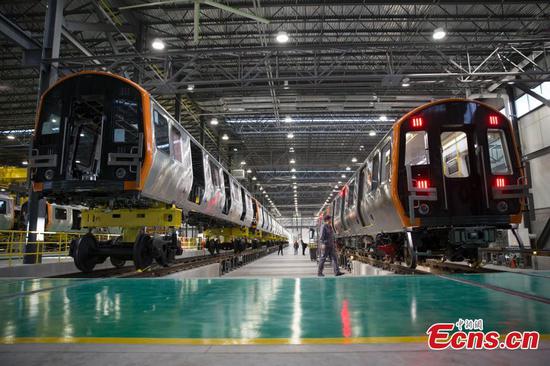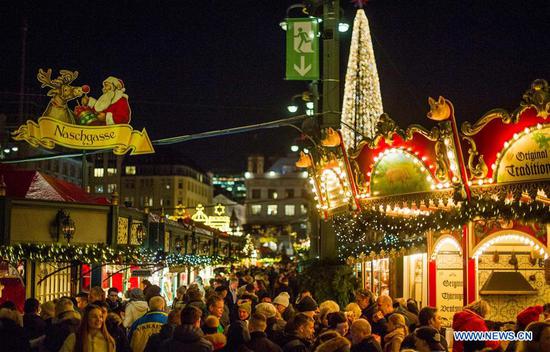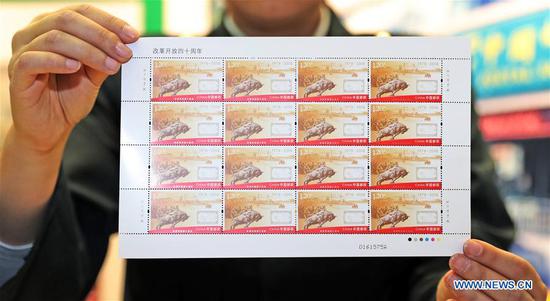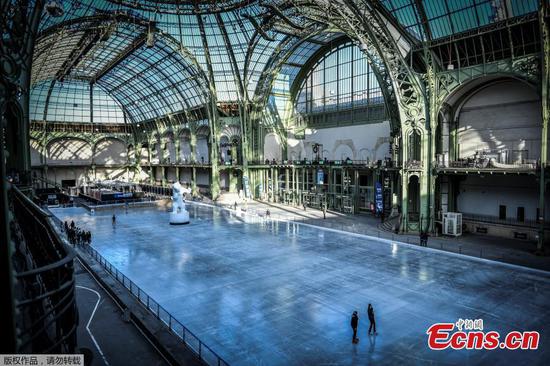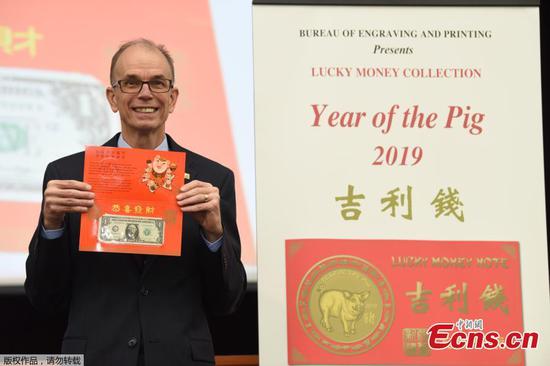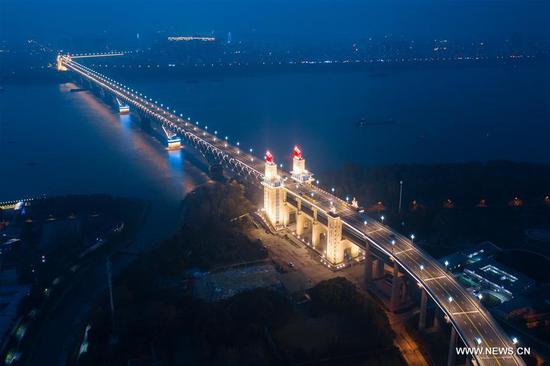An iconic tea towel, first sold as Britain entered the European Economic Community in the 1970s, offers a baffling explanation of cricket.
"You have two sides, one out in the field and one in. Each man that's in the side that's in goes out and when he's out he comes in and the next man goes in until he's out…" and so it goes on.
Britain's attempt to leave the European Union (EU) can seem equally confusing.
Some people voted to be in, more voted to be out. Others voted to be in but are now trying to get out. Others are determined to stay in despite the vote to be out.
Most MPs want to be in, but voters opted for out: a constitutional clash between representative and direct democracy that hasn't been reconciled.
Divorce from the EU was always going to be tough, but why has it got so messy? It's a tale of rivalries, divisions, calculation, party breakup — and a simple question.
What does Brexit mean?
The roots of the current Brexit deadlock lie in the failures of the 2016 referendum.
It featured misleading campaigns, came on the back of limited public interest in EU membership (only 6 percent of the UK population thought it a top issue when the referendum was called, according to Ipsos Mori polling) and a binary question: in or out.
Two and a half years later, it's clear that the question grossly oversimplified the choices Britain would have to make in leaving the EU.
"Leave" targeted emotion pulls of nationalism and sovereignty, while "Remain" took aim at the head with economic realities. But the campaigns and debate were hopelessly lacking. Issues that are now central — like the Irish border — were absent.
The vague strategy employed by "Leave" didn't specify how Britain should exit the EU, only that it must. A lack of clarity made campaigning sense for "Leave," and was successful: A vague position can be criticized, while specifics can be ripped apart.
But when Britain voted for Brexit, there was no plan to rally around and no leader to follow.
Theresa May – who campaigned to remain – became prime minister when David Cameron stepped down and other candidates fell by the wayside.
She was left with the unenviable job of interpreting the intentions of the 17.4 million people who voted to leave, and has repeatedly explained their wishes with the phrase "Brexit means Brexit."
900 Days
Skip forward 900 days from the referendum, and much has happened but little has changed.
May has struck a deal with the EU that offers an unsatisfactory answer – in the eyes of a majority MPs and, according to polls, the public – to the question: "Brexit means Brexit, but what does Brexit mean?"
Polling by YouGov suggests of the 17.4 million Briton's who voted to leave in 2016, only 10 million would vote for May's deal, while two million would now vote to stay. Of the 16.1 million who voted remain, 13.5 million would do so again and just 1.4 million would vote for the deal.
Hit with the realities of negotiations with the EU, May's "red lines" crumbled and the agreement she made has been ripped apart by the opposition and the hardliners in her own party.
Divided Conservatives
May's Conservatives have been split over Europe since Margaret Thatcher was the leader.
The prime minister has tried to pacify noisy Brexit hardliners, now organized as the European Research Group (ERG), who rewarded her with a failed coup attempt in mid-December after she pulled a vote on her deal when it became clear she would lose.
May is still standing but seriously wounded – more than a third of her party voted to remove her as the leader. The ERG has become a party within a party, prompting renewed talk of an official split. But it is only the most vocal of many factions, in the party and the government.
Ironically, the best chance of the Brexit-backing MPs getting what they want – a clean break from the EU – may now lie in May's high stakes gamble to use the threat of a "no deal" Brexit to force support for her deal.
Within the cabinet, there is support for a so-called "managed no deal." But also for a second referendum or a deal mirrored on that Norway has with the EU. And several ministers have positioned themselves as potential replacements for May.
The traditional party lines have broken down over Brexit, and internal discipline – a core of the system – is weakened.
Labour's catch-22
Such a fractious period for the Conservatives, who have held power only with the help of Northern Irish party the Democratic Unionists since a disastrous 2017 election, would in ordinary times be an open goal for the opposition to make gains.
In the Labour Party, most MPs and members want to be in. But many of the constituencies it represents want to be out. And many suspect leader Jeremy Corbyn doesn't really want to be in, despite campaigning to be.
A recent YouGov poll indicated that if it were to back May's deal, Labour's support would plummet by 14 points and it would fall into third place. However, if it backed a second referendum – as members want by a three-to-one margin – it would lose "Leave-backing" seats in an election.
Labour members want the leadership to call a no-confidence vote in the government. A win would likely mean a general election, but a loss is likely and under party policy that would mean supporting a second referendum.
That in turn would force it to pick a side on the Brexit debate — and vagueness has served it well — so Corbyn has copied May in a delaying tactic: calling for a vote of no-confidence in the prime minister, a non-binding vote with no practical consequences.
100 Days
So with 100 days to go until Britain is scheduled to leave the EU, how will the deadlock end?
Neither May and Corbyn are motivated to move quickly.
On Tuesday the government ramped up preparations for a "no deal," a scenario the Bank of England says could hit the UK economy harder than the 2008 financial crisis.
May's strategy is to prolong the jam and pile pressure on MPs to back her agreement when it comes before parliament in the week beginning January 14, 2019. A "no deal" would also hurt the EU, so the prime minister remains hopeful the bloc will sweeten their deal.
Corbyn aims to wait until the parliamentary vote in mid-January before acting. If May's deal loses, he will stand the best chance of winning a vote of no-confidence in the government.
Both leaders have both argued against a second referendum – the direct democracy option – but support is growing within parliament and among the public.
The Norway option, a Canada-style free trade deal, and a general election are also on the table, and all would probably require a delay or cancellation of Brexit.
It's over 900 days since Britain voted for Brexit, and 100 days until it is scheduled to leave the EU. There have been negotiations, scraps, splits, and soundbites. No one can confidently say how — or if — Brexit will happen. The real drama lies ahead.
By John Goodrich










